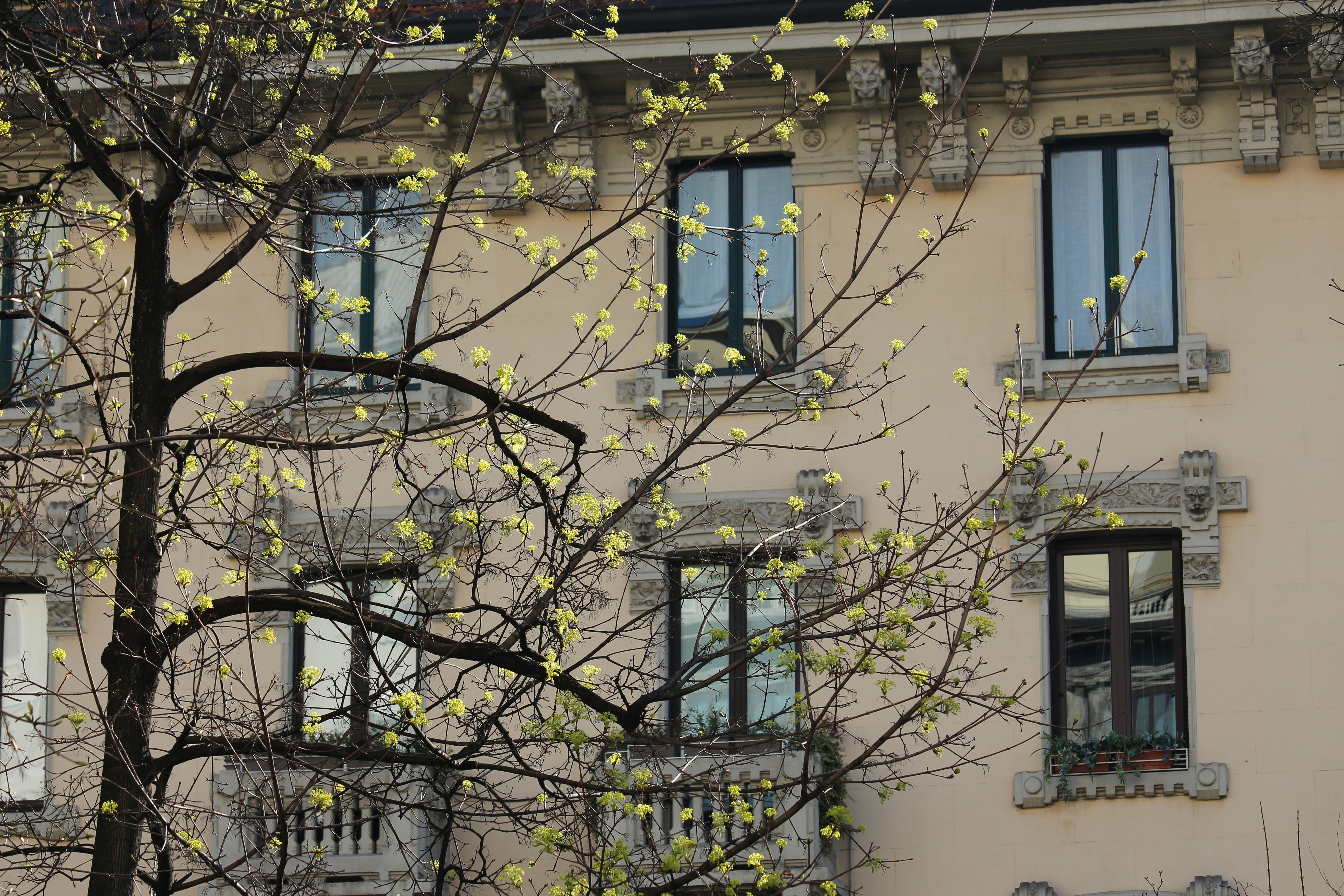Media release
From:
Cities: Artificial light is lengthening the growing season in urban areas
Artificial light may be lengthening the growing season in urban environments by as much as 3 weeks compared to rural areas, according to an analysis of satellite data from 428 urban centers in the Northern Hemisphere over 7 years, published in Nature Cities.
Rapid urbanisation is leading to hotter and brighter cities. More specifically, buildings and concrete absorb and radiate heat, causing urban heat islands, in which urban areas have higher atmospheric temperatures throughout the day and night compared to their surroundings. Likewise, the amount of artificial light at night has increased by 10% in cities within the past decade. Light and temperature also largely regulate plant growing seasons. For example, increased lighting and temperature causes trees in cities to bud and flower earlier in the spring and change colour later in the autumn than trees in rural surroundings. However, research has not thoroughly studied the magnitude of their individual or combined impacts.
Lin Meng and colleagues analysed satellite observations, taken between 2014 and 2020, of 428 cities in the Northern Hemisphere — including New York City, Paris, Toronto, and Beijing — and data on artificial light at night, near-surface air temperature and plant growing seasons. The authors found that the wattage of artificial light at night increases exponentially from rural areas towards urban centers. Meng and colleagues suggest that this increased amount of light appears to influence the start and end of urban growing seasons more than the increase of temperature from rural to urban areas. They also found that the effect of artificial light is especially pronounced on the end of the growing season compared to its influence on the start. More specifically, the start of the growing season is an average of 12.6 days earlier than in rural surroundings and the end is 11.2 days later in the cities analysed.
Although these general patterns are consistent across cities in the Northern Hemisphere, the authors also found differences between continents. They observed that the start of the season is earliest in Europe, then Asia, and then North America, although North American cities are the brightest. The effect of ‘night lights’ is stronger at the start of the season in some climate zones, including those temperate climates with dry summers and cold climate with no dry season, whereas the effect on the end of the growing season was more consistent across cities.
The authors suggest that the effect of artificial light on the growing season may be further complicated by the relatively recent general switch from high-pressure sodium lamps to LED lighting, which plants may be more responsive to, although more research is needed. Meng and colleagues note that future urban-infrastructure plans should include lighting that minimizes the effect on plants while satisfying functional requirements.




 International
International



